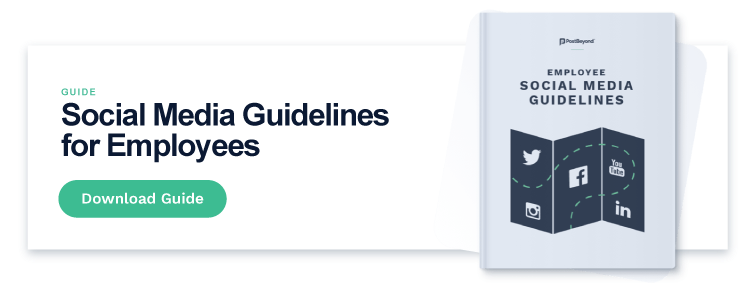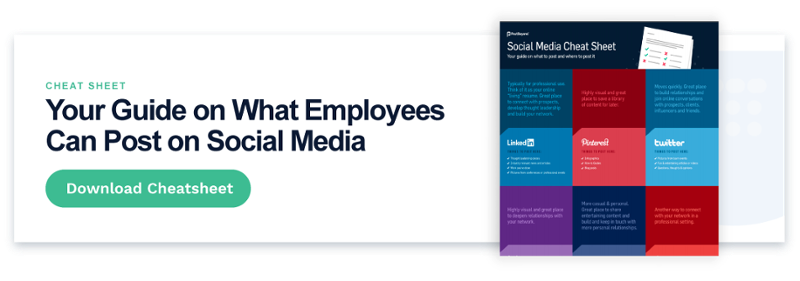Whether you’re subject to HIPAA, the SEC, or FINRA, chances are your industry has strict regulations for social media marketing.
These regulations will impact the type of social media marketing and influencer marketing your brand can create. You’ll be required to have a robust compliance program. Without it, then improper social media use can land organizations in hot water.
The Double Edge Sword of Social Media Compliance
Risks, fines & suspensions
These are every marketer’s nightmare.
Your marketing campaigns are doing great, but then next thing you know, you are under investigation for non-compliant social media marketing. In one year, FINRA levied 1,369 disciplinary actions against registered brokers and firms that resulted in USD 64.9 million in fines and expelled 20 firms.
HIPAA and the SEC are no different. The SEC imposes strict protocols on social media interactions, monitoring, and record-keeping. Even a Facebook “like” can potentially cross regulatory lines because it’s an endorsement.
As an example, Elon Musk took to Twitter on August 7, 2018, and announce he was considering taking Tesla private. His actions on social media violated SEC regulations, and the company received a USD 20M fine.
Losing out on potential sales
With all these potential mishaps, some businesses shy away from social media altogether. However, as they say, you sometimes lose by taking risks, but you always lose by holding back.
Companies that fail to leverage social media marketing are falling behind their competitors.
- Over 85% of those in FINRA regulated industries are on social media
- 91% of B2B buyers are active on social media.
- 84% of C-suite executives use social media to help them make purchase decisions.
- A lead generated through social selling is 7X more likely to close compared to more traditional lead gen tactics.
Two-Step Approach: Build a Strong Social Media Presence and Stay Compliant
1. Educate employees and stakeholders on social media usage
Training employees and stakeholders on the do’s and do not’s of social media will protect your company from any unnecessary risks.
The first step to ensure social media compliance is to know these regulations inside-out. Educate the entire company on what’s acceptable for your brand on social media. While the specific rules for social media marketing vary based on law, the common theme is to mitigate risk while still creating an engaging social media presence.
The key to compliance is widespread education in an accessible and digestible manner. As a Compliance Officer or Social Media Manager, there are zero excuses for not knowing the rules.
For busy Mortgage Lenders, Pharmaceutical Reps, or Insurance Agents, keeping up to date with social media regulations isn’t second nature. It is up to you to educate your employees on how they can use social media.
Steps for employee education
1. Create Social Media Guidelines: This will be an all-encompassing manual employee can use as their primary reference guide.
Tip: Spell everything out in black and white. Use very minimal social media and marketing jargon because this can cause potential misinterpretations. social media policies should be updated yearly to reflect the rapid changes happening on social.
2. Social Media Training: In-person or virtual training both offer engaging ways for employees to learn. It also allows employees to ask live questions rather than waiting.
Tip: host multiple types (webinars, in-person, guided quizzes, videos, etc.) on various dates – this allows employees to find a training program that appeals to their way of learning and schedule.
3. One-Pagers: Short and sweet, easy to follow one-page docs are often the most consumed because they seem the least overwhelming.
Tip: do not underestimate the value of a visually appealing, easy-to-read one-pager. People are inherently visual and will consume information on a one-pager with lots of whitespaces and A clean, straightforward design.
2. Monitor & update social media
The best defense is a good offense. Education will lessen risks. However, there’s always a possibility that someone may make a mistake. Compliance teams can monitor social media on behalf of their brand to ensure their brand and employees share content appropriately.
How to Leverage Technology
Social Listening Tools: These tools help Social Media Managers and Compliance Officers catch possible off-brand or non-compliant messages by sifting through hundreds of posts.
Tip: Find social listening tools that can be keyword customized, track message sentiment, and have a firm understanding of the regulations your organization abides.
Employee Advocacy Platforms: Use an employee advocacy platform to create a centralized library of pre-approved content that employees know is safe to share. An employee advocacy platform will make it easier for engaged employees to find relevant content that they’d like to share with their social networks.
Tip: Look for platforms with built-in compliance features. They can act like in-app gatekeepers and live-action trainers on what is and isn’t acceptable sharing terminology.
The Key to Social Media Compliance
Social media marketing is a powerful way to generate brand awareness and engage customers. Using social media within a regulated industry can be daunting, but don’t this two-step approach should will you mitigate any risks.
The key to staying compliant is mitigating possible sharing mistakes before they can even happen. Build a reliable process, educate employees company-and use technology to follow proper social media compliance.






